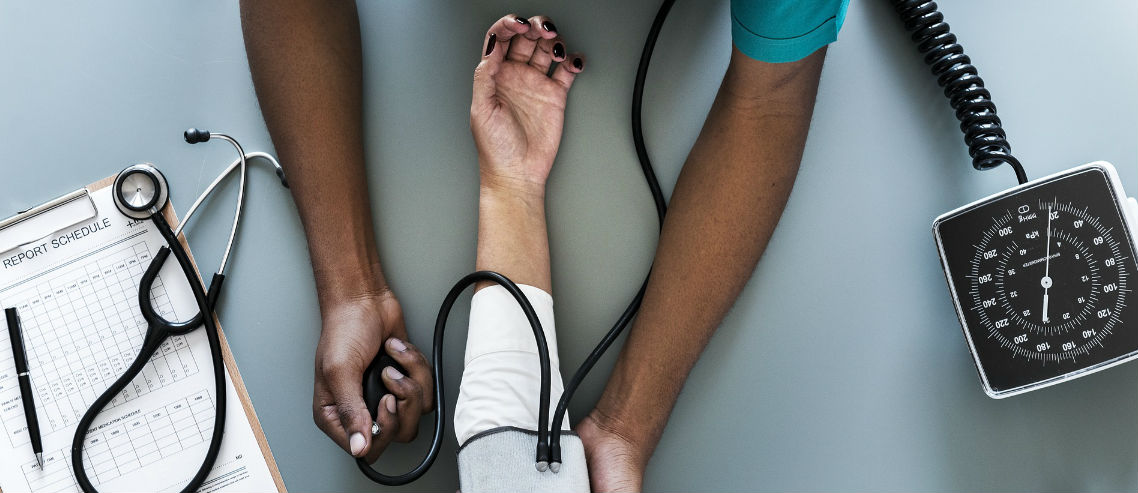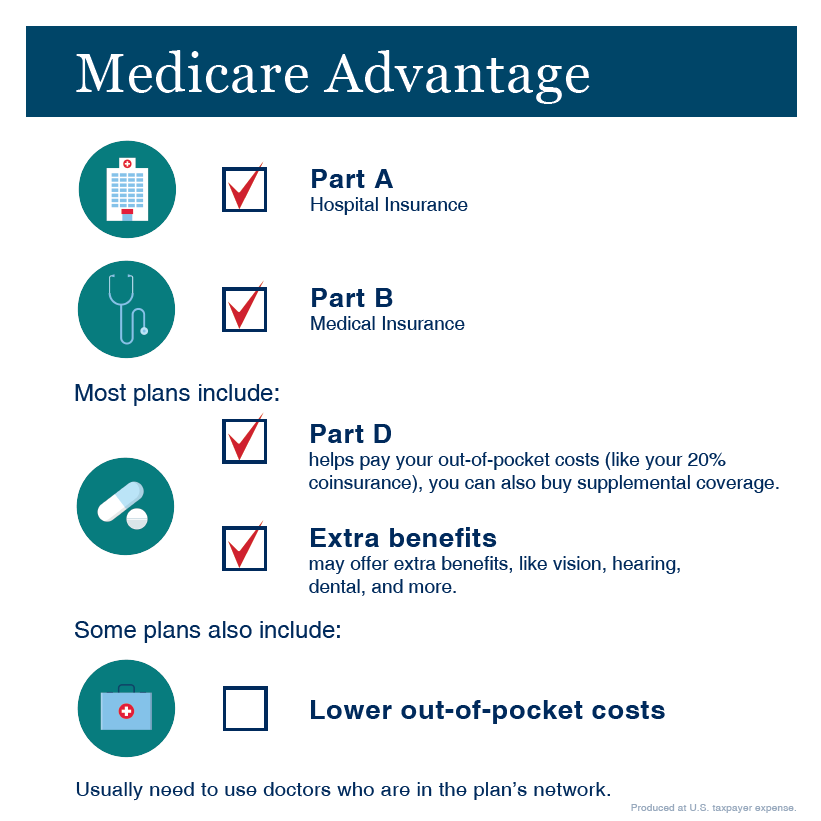The Medicare Advantage Agent Statements
Table of ContentsIndicators on Medicare Advantage Agent You Should KnowThe 8-Second Trick For Medicare Advantage AgentThe Definitive Guide for Medicare Advantage Agent

follows from complies with the puzzling young reasonably profile of account uninsured with without insurance better healthFar better wellness average, of younger persons. For those without access to office health insurance policy, inadequate health is a possible barrier to purchasing nongroup insurance coverage since such protection may be very valued, exclude pre-existing problems, or be simply unavailable. Unless or else noted, nationwide estimates of individuals without health and wellness insurance coverage and proportions of the populace with different kinds of insurance coverage are based on the CPS, the most commonly used resource of estimates of insurance policy coverage and uninsurance prices.

The Greatest Guide To Medicare Advantage Agent
The relationship between wellness insurance and accessibility to care is well established, as documented later on in this chapter. The relationship between wellness insurance and health and wellness end results is neither direct nor simple, a substantial professional and health and wellness solutions research literature web links wellness insurance policy protection
to improved better accessibility care, better qualityHigh quality and improved enhanced individual population populace status. The second report, on personal health and wellness end results for without insurance adults, is represented by the innermost circle of the figure, while the third report, on family wellness, includes the topics of the 2nd report however stresses a various device of evaluation, namely, the family.
In addition, it concentrates specifically on those without any medical insurance for any type of length of time. The problems encountered by the underinsured remain in some aspects similar to those dealt with by the uninsured, although they are typically less severe. Uninsurance and underinsurance, nonetheless, include noticeably different plan concerns, and the methods for addressing them might differ. Throughout this study and the 5 records to comply with, the main emphasis is on persons with no wellness insurance policy and therefore no assistance in spending for wellness care beyond what is readily available via charity and safeguard institutions. Medical insurance is a powerful factor impacting receipt of treatment due to the fact that both individuals and physicians respond to the out-of-pocket rate of services. Health insurance policy, nevertheless, is neither necessary neither sufficient to get to clinical services. However, the independent and direct effect of health and wellness
insurance protection on access to health and wellness services is well established. Others will certainly acquire the healthcare they need even without medical insurance, by spending for it expense or seeking it from suppliers who use treatment free or at extremely subsidized prices. For still others, medical insurance alone does not make sure invoice of care since of various other nonfinancial barriers, such as a lack of health and wellness treatment service providers in their neighborhood, minimal access to transportation, illiteracy, or etymological and social differences. Formal study about uninsured populaces in the USA dates to the late 1920s and very early 1930s when the Committee on the Cost of Medical Care created a collection of records about financing doctor office check outs and hospital stays. This concern became salient as the numbers of medically indigent climbed throughout the Great Clinical depression. Empirical researches consistently support the link between access to care and improved health and wellness end results(Bindman et al., 1995; Starfield, 1995 ). Having a routine resource of care can be thought about a predictor of gain access to, instead of a direct step of it, when health and wellness results are themselves utilized as gain access to signs. This extension of the concept of gain access to measurement was made by the IOM Committee on Monitoring Access to Personal Healthcare Solutions(Millman, 1993, p. Whether or not parents are guaranteed shows up to impact whether or not their children obtain treatment along with just how much careeven if the kids themselves have coverage(Hanson, 1998). The wellness of moms and dads pop over to this web-site can impact their ability to care for their kids and the level of family stress and anxiety. Bothering with their children's accessibility to care is itself a source of tension for parents. 3 chapters adhere to in this report. Phase 2 gives an introduction of just how employment-based medical insurance, public programs and individual insurance policy policies run and engage to provide comprehensive but incomplete protection of the U.S. populace. This includes an evaluation of historic patterns and public laws impacting both public and exclusive insurance, find here a conversation of the interactions amongst the various kinds of insurance coverage, and an assessment of why individuals move from one program to another or wind up
